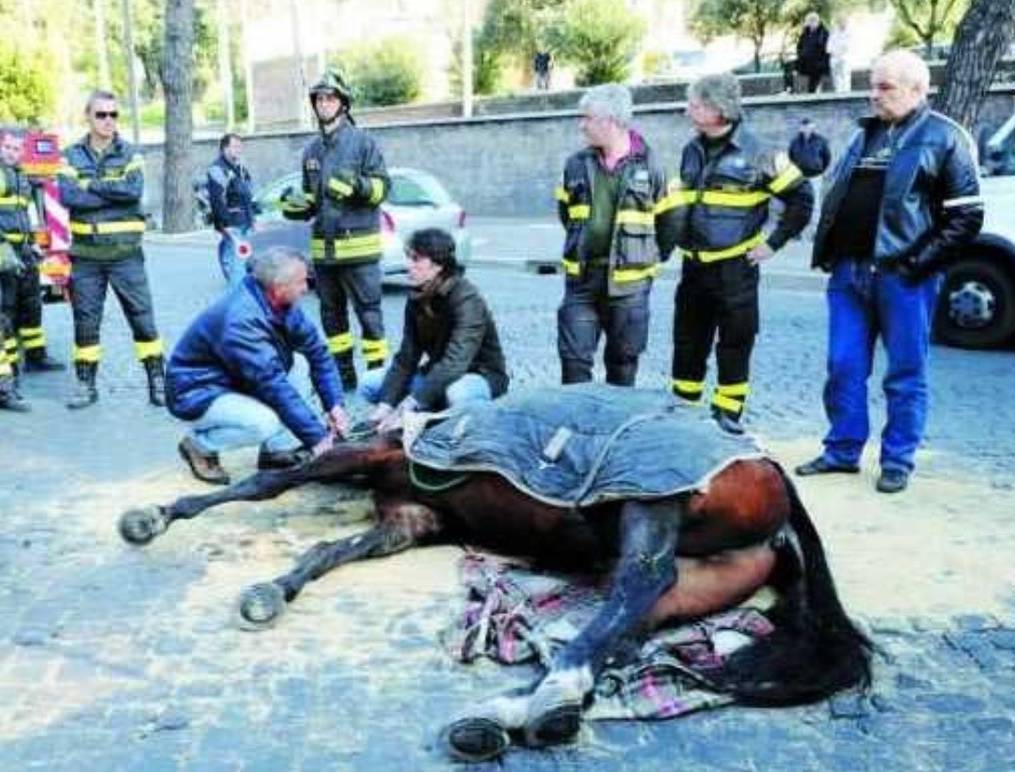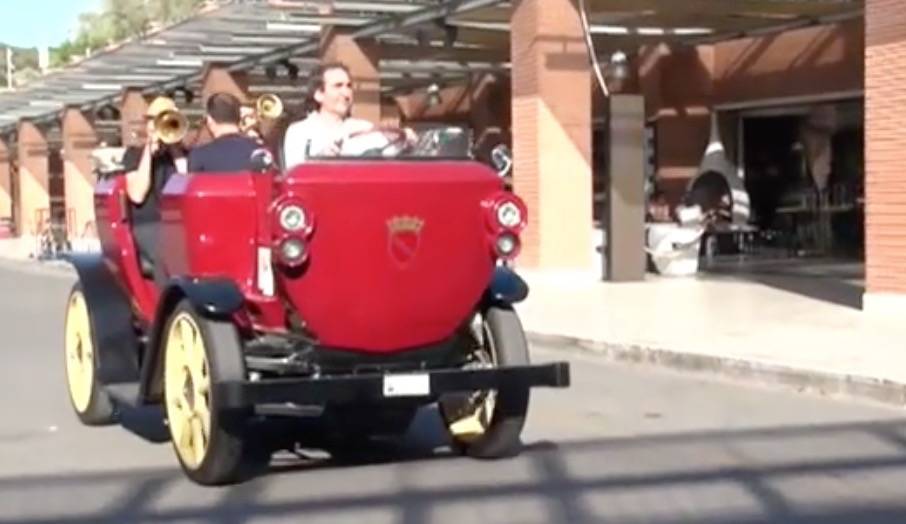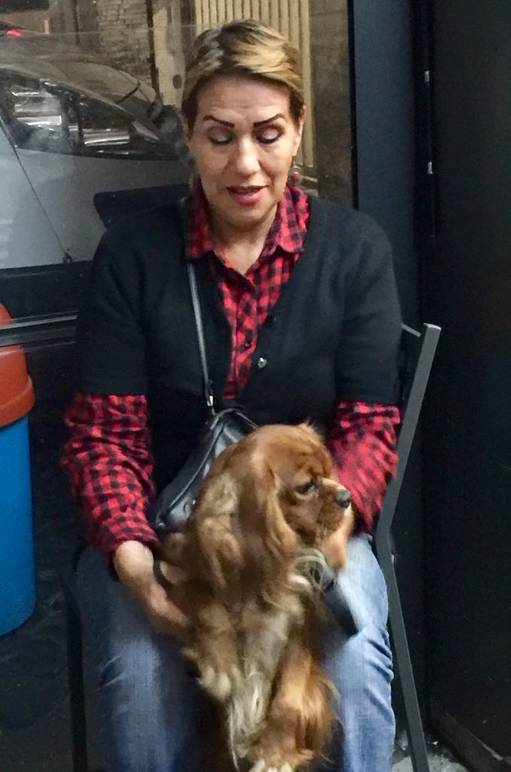The New Italy of Animal Lovers
ROME -- Italians have discovered a love of animals. As attacks against the horse-drawn carriages of Rome increase, equestrian tourism is on the rise. And at present the number of pet dogs in Italy, 60 million, is equal to its human population -- this in a country in which, for animals, it used to be a dog's life. Animals were literally beasts of burden, and little more than that.
Hard-working horses drew carriages called botticelle filled with tourists through the heavy traffic in Rome. The name came from the word botti, which meant merchandise; before they carted tourists about they delivered heavy goods to shops. No one objected that this was cruelty -- until now, when animal rights organizers are fighting to get those horses off the sampietrini cobblestones and seriously question how well they are tended and shod.
As Arianna Fioravanti writes in the website www.scudit.it, "The botticelle horses suffer from being forced to pull up to 800 kg (1,764 pounds) of weight every day. The iron bit in the mouth gives them no peace. Their work conditions are poor: terrified by the noise and the speed of the cars, they draw the cart down long and overcrowded, smog-filled roads." Conditions are worse especially in the hot Roman summer at midday. Among those defending these work horses is actress Franca Valeri, who has launched an appeal for the horses to be saved. "Rome no longer has the space nor the cool afternoon winds to allow a ride in a carriage," she wrote to the daily Il Messaggero.
Some of the carters themselves are taking heed. Of the 42 botticelle drivers in Rome, 11 have now requested their authorization to be converted into an automobile taxi license. (To see more on this, go to >> )
But not everyone is pleased at the prospect of losing the botticelle. As one of the drivers put it, "You think the problem of Rome is its horses? That they suffer from the traffic? Our rules are precise -- we can't drive from 1 to 5 pm. The horses are not the problem -- it's the cars. So shut off the center of town to private cars and don't let the city be just for the big tourist buses."
While many defend the botticelle as part of Roman folklore to be cherished, they may gradually be replaced by the electric botticella or "bio-carriage," whose prototype was introduced in Rome in July. At present 47 are already on the road. "When the legislation is complete, all the horses will all be gone from the roads of Rome," said Daniele Diaco, president of Rome's commission on the environment.
With the changing times, tourism on horseback outside of Rome is enjoying a huge success, thanks in good measure to the far-sighted commitment of Luigi Triossi, author of the book "Le Antiche Strade Romane" (The Ancient Streets of Rome). Some years back Triossi, an engineer born in Rome in 1930, set out with a group of fellow riders to explore the entire ancient Appian Way on horseback from Rome to Brindisi, a distance of 340 miles. Schoolchildren turned out to watch the little convoy pass.
Besides his interest in archaeology on horseback, Triossi was a key promoter of equestrian tourism and personally traveled more than 12,000 km on his horse, Orion. In the year 2000 he traveled, on horseback, the entire Via Francigena, the ancient pilgrim's route, all the way from Canterbury down through the Alps and on to St. Peter's in Rome, where he was personally received by Pope John Paul II. Triossi died this month at age 86, and a procession of riders on horseback arrived for his funeral.
Nowhere is the change in attitude toward animals greater than as it concerns dogs. Today the number of pet dogs in Italy, 60 million, is equal to its human population. Sales of dog food alone reflect the trend, rising in the first 8 months this year by 5.8%. Total spending on dog food in specialized shops and increasingly in supermarkets now stands at over $100 million a year. Making life easier for their owners is that the dogs are now allowed into cafes.
A study shows that exotic fish top the list of pet favorites, at 30%. Birds come next (13%) followed by cats (almost 8%) and dogs (7%). At the bottom of the list, but nevertheless present among the favorites, are reptiles (1.36%). As a result of the new popularity, pet boutiques are opening all over the country to sell accessories and food; all told, spending on pets is estimated at over $2 billion, thanks to the annual 3% growth in the market since 2013.






































i-Italy
Facebook
Google+
This work may not be reproduced, in whole or in part, without prior written permission.
Questo lavoro non può essere riprodotto, in tutto o in parte, senza permesso scritto.